How To Dress for Winter Like a Norwegian

“There is no such thing as bad weather, just bad clothing.” This is as close as Norway gets to a national motto, and it was a saying we heard countless times while living in Oslo. It is also very true. Clothing choices can make all the difference, whether you are slogging across the open plains or darting in and out of buildings. What follows is a very Norwegian guide to bundling up this winter!
Base Layers- The most critical element.
The material against your skin can make your day hot, cold, or even itchy. Merino wool, the wonder fiber, solves all of these problems. For those who know merino, this is hardly news… but for those who may lump all wool together into one scratchy classification, give merino a chance; it is amazing. Merino carries the classic wool properties of continuing to warm you even when it is wet, while also being anti-microbial (pushing away germs) and anti-fungal (pushing away smells), so unless you spill your gravy on it, you shouldn’t have to wash it very often. This saves water and also reduces wear and tear on the garment. The clincher is that since the merino material has a small diameter, it bends more easily than other wool particles and thus doesn’t itch you.
Since merino has all of these wonderful properties it has taken over the base layer world. You can find it blended with other fibers like silk as found in Northern Playground’s Longsleeve Henley and T-shirt, in earthy colors like Ivanhoe’s Underwool line or Kari Traa’s gorgeous patterned pieces. Your downstairs area can also benefit from wool. The Ziplong’s concept from Northern Playground is revolutionary… especially if you are going to need to regulate your temperatures because of extreme exertion! The Kari Traa bottoms are fantastic, especially if you like your “unders” to be matchy-matchy. In addition, the Kari Traa outfit is perfect for a Hygge (cozy and relaxed) day.
Mid Layers- adding warmth.
Building out from the base we turn to mid layers, and add diversity in material and style. The Mid Layer is meant to be the insulation so they tend to have a lot more substance than the base layer. Norwegians tend to back their base layer up with another layer of wool, whether it is more merino or boiled or lamb’s wool. A few Norwegian favorites are Devold with their full-zip and Fjell and their full sweater. Heritage brand, Dale of Norway has amazing mid layers that capture the spirit of Norway and fulfill the goal of warmth while employing various styles and types of wool. Amundsen uses wool to check both the functional and fashion boxes and their hooded sweaters are fantastic!
If wool is not for you, fleece (made from polyester) has a lot of options. Norrøna, with it’s striking Viking (#poetry) branding is the go-to for the non-wool Norski with many varieties of zipped mid-layers in many cuts and colors. Zippers, it is worth mentioning, are vital to temperature control as the area between your chest and neck has a lot more say in your body temperature than other places. Moving your zipper up or down a few inches can make all the difference between boiling and freezing! Houdini’s dual zippers on their amazingly well-made Power Houdi or Wooler Houdi, while pricey, are worth every dime.
Outer Layers- the goal is to block the wind and wet!
When it comes to outer layers, there is great variation, but you rarely see the super-bulky, heavy winter coat that is favored throughout the upper Midwest of the United States. One reason might be that vast parts of Norway don’t experience the brutal cold seen in portions of the US. Thanks to the Gulf Stream, Norwegian winters tend to hover around freezing, as explained by the Research Council of Norway. As further proof, when we lived in Oslo during the winter, I would peer at the temps in Denver (where we live) and Grand Forks (where I grew up) and compare with Oslo, usually coming out as the warmer location.
Due to this fact, Norwegians wear a lot of vests, like these nice ones from Skogstad, or anoraks like these beauties by DAEHLIE that are wind and water-resistant. If they go towards bulk, it can look a lot like the Boulder Jacket, also by DAEHLIE, or the Voss jacket by Kari Traa. If versatility is the goal, the Upland jackets for men and women protect against wind and water while also converting to a vest for warmer temps.
Since Norway is the size of California and clothing philosophies can vary greatly from Tromsø to Kristiansand and all points in between, this will not be a complete representation of Nordic trends, but it definitely hits the high points we experienced throughout the country during our time there.
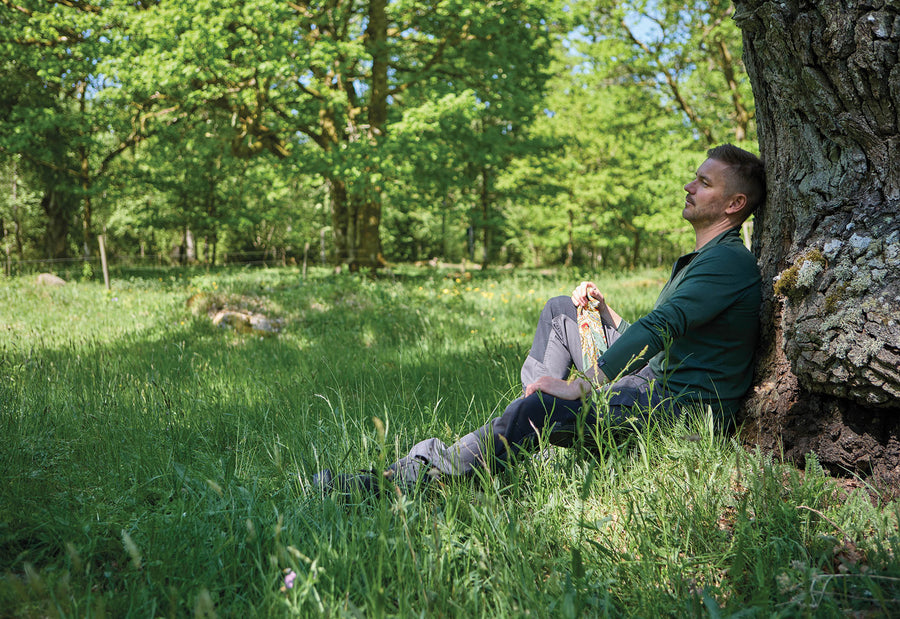
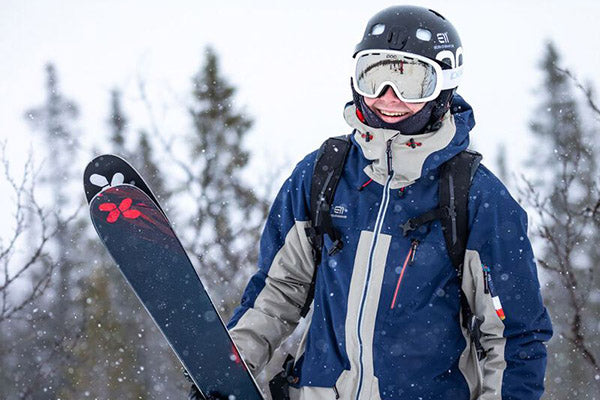
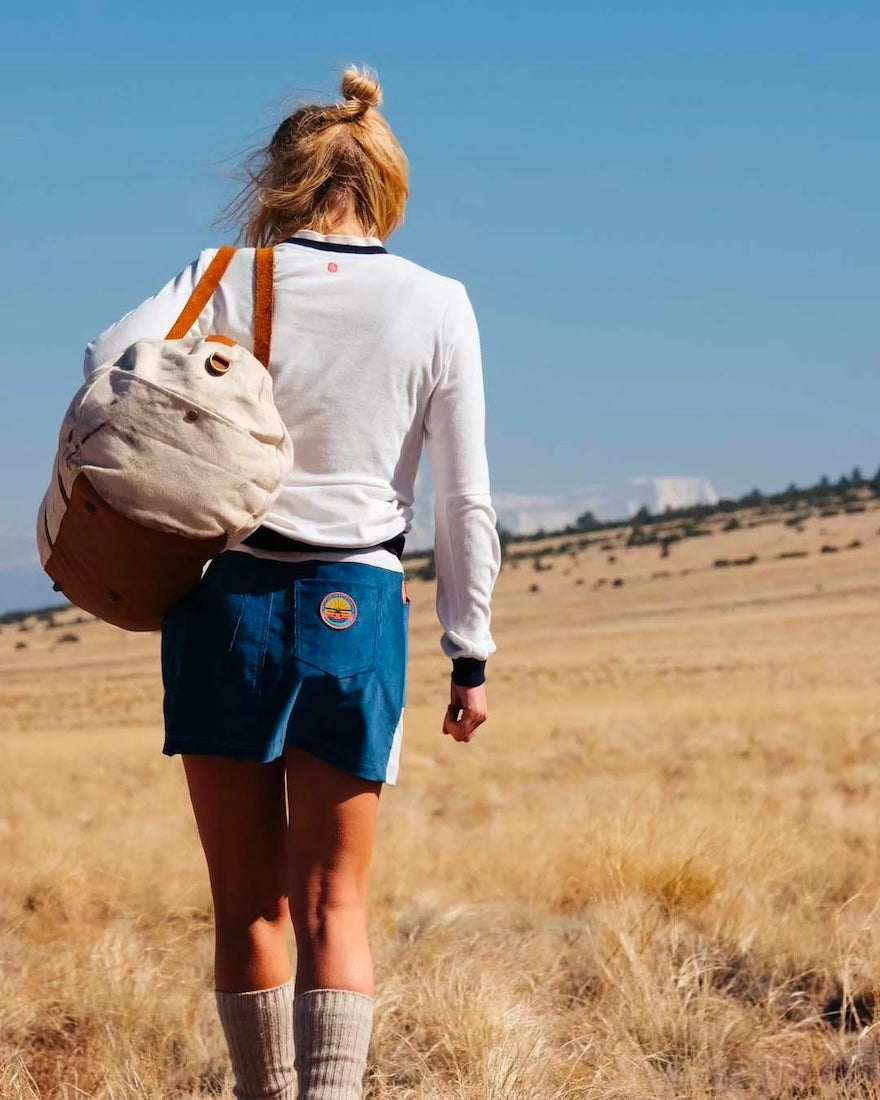
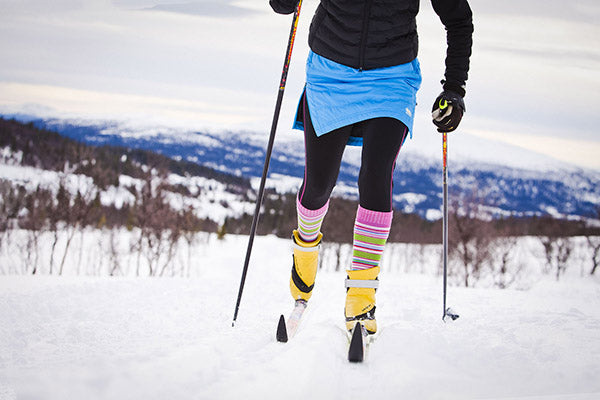
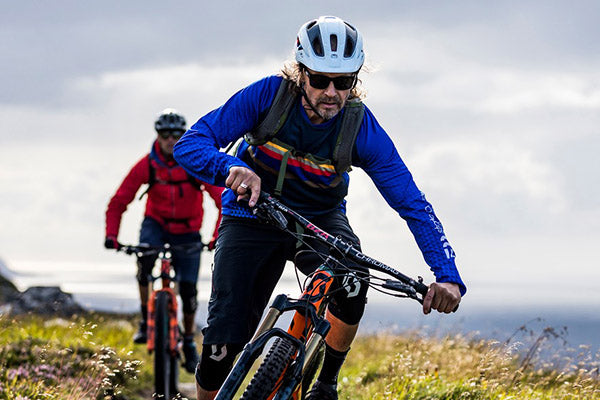
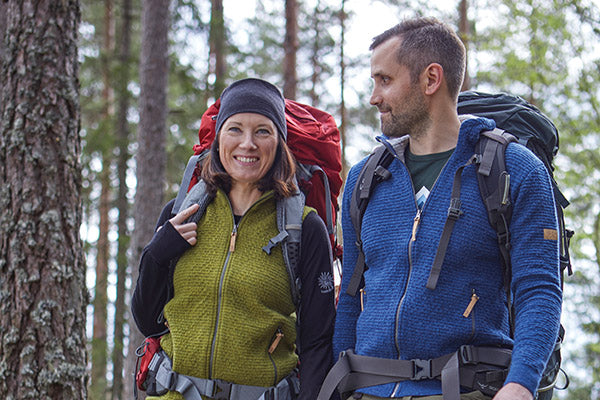




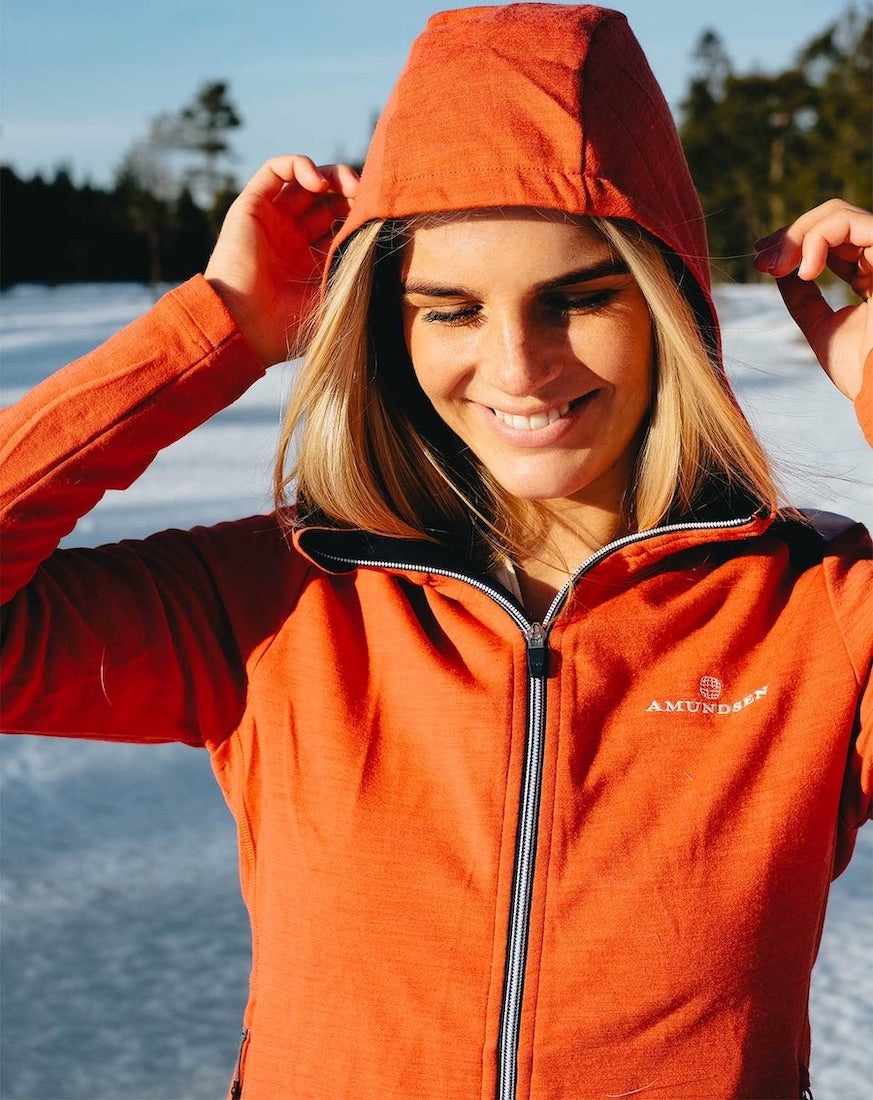

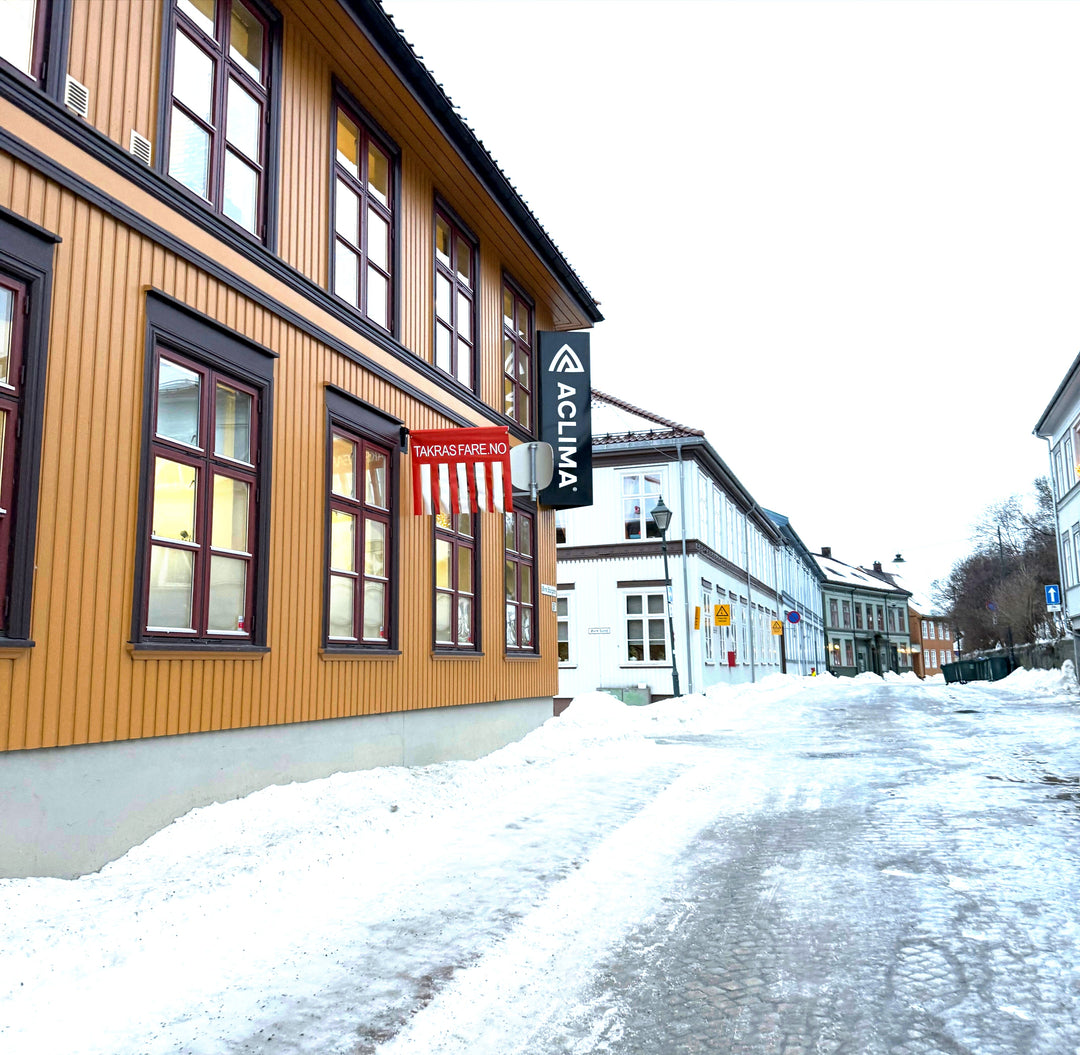

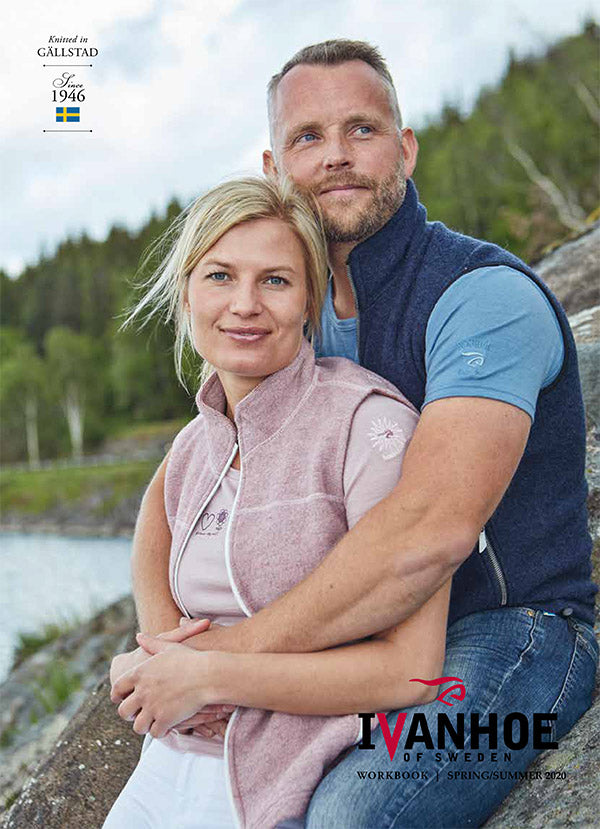

Leave a comment